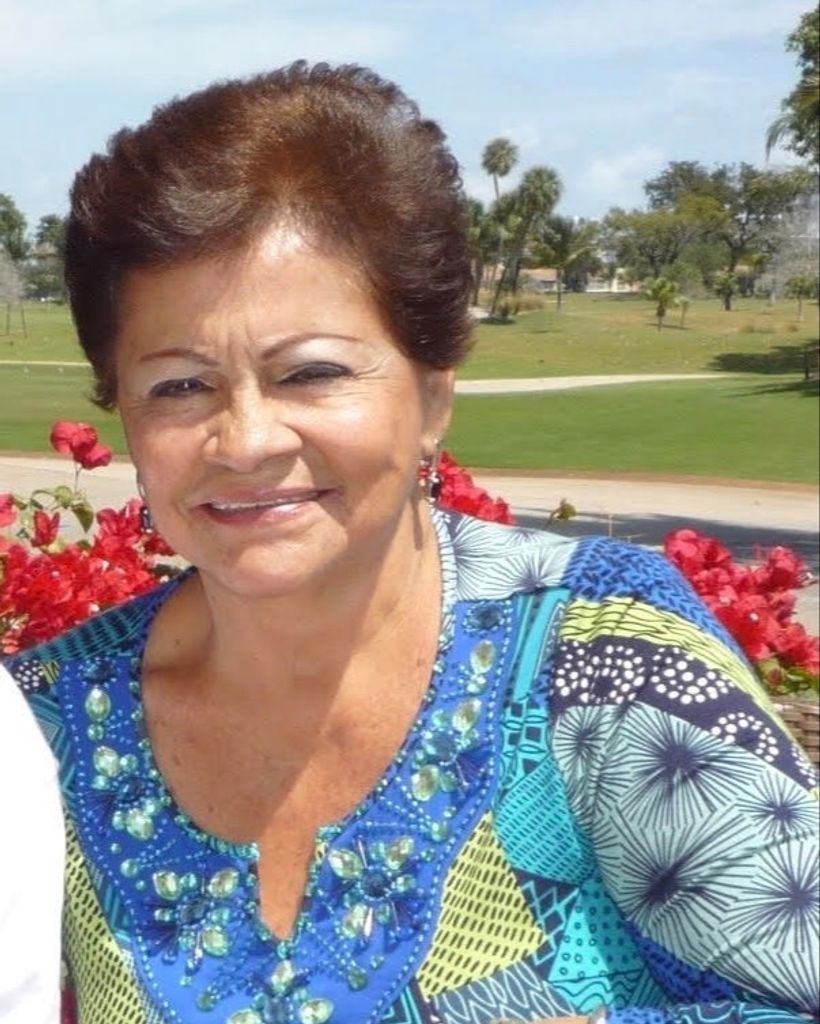By South Carolina Senator Michael Johnson
Last week I received five emails addressed to “Speaker Johnson”. While I can understand the confusion over the name – the Speaker of the US House is Mike Johnson – it underlies an issue that I see quite a bit. In a nutshell, it is a misunderstanding of the government and how things happen.
When speaking to large groups I often explain how a bill becomes a law. Those of us of a certain age certainly definitely remember the School House Rock cartoon with lines like, “I’m just a bill, yes, I’m only a bill . . . well, it’s a long, long journey to the capital city.” Much like the song, becoming a law can be difficult. Over 6,000 bills have been filed this session in Columbia. Last year barely 90 became law. So how does that happen?
When a Senator has an idea for a bill, they typically meet with Senate staff and give them a broad outline of what they would like to accomplish. The staff member then drafts up a bill for the Senator’s consideration. That bill is then filed with the Clerk of the Senate and “read across the desk.” That simply means that the President of the Senate reads the bill’s title (first reading) and assigns it to a standing committee.
Once assigned to a committee, the bill’s sponsor will request that the Chair of the Committee appoint a sub-committee and hold a hearing. The vast majority of bills die here. They never get a sub-committee hearing. I would estimate that less than 5% of all the bills filed will get a sub-committee hearing. Once a bill is set for a sub-committee hearing, typically 3 to 5 Senators are appointed to serve and take testimony. Depending on the amount of testimony, the sub-committee hearing can take anywhere from a few minutes to days. The bill can be amended in the sub-committee, and they often are, and if a majority of the members of the sub-committee vote to approve the bill, it moves to the full committee.
Again, depending on the will of the Chair of the Committee, a bill passed out of sub-committee will either be heard quickly, or not at all. At the full committee the bill is explained, possibly amended again, and debated. Typically new testimony is not given, however that does happen. If a majority of the full committee agrees to the final bill, it is given a “favorable report” and heads to the floor of the Senate.
In the Senate, an individual Senator has great power over whether a bill moves forward. If a Senator objects to the bill, it is essentially dead. That’s right, you read that correctly. If one of the forty-six Senators object to a bill, it cannot be voted on in regular order. So, what if a majority of Senators want to debate and vote on the bill? A procedural vote setting the bill for special order can be had – which places the bill on the Senate calendar.
The bill is then debated on the Senate floor, typically with a Senator speaking from the well and debating the merits of the bill. Amendments can be made and are voted on. This process can take hours, and sometimes weeks. If the bill is heavily contested, those in opposition will eventually begin to filibuster the bill – basically speaking in order to delay the vote. Under the Senate rules a motion can be made to end debate using Rule 15, which requires “the lesser of twenty-six Senators or three-fifths of the Senators present and voting.” If twenty-six Senators agree to end debate, the bill will receive second reading. Assuming it receives a majority of affirmative votes, it then awaits third reading – the final vote.
At third reading amendments are rare. In order to amend a bill at third reading it requires two-thirds of the Senators present to agree. Again though, the bill is debated (typically not as long this time) and a final vote is had. If a majority of the Senate agrees to third reading the bill is passed. But the struggle doesn’t end there. The bill now passes to the House, where that entire process replays itself. It still must go through a sub-committee, full committee, and three readings in the House.
So, what happens if the House amends or changes the bill during passage? Well, the bill is then returned to the Senate where we can either approve the changes or not. If the Senate votes not to accept the House changes a conference committee is appointed. A conference committee is comprised of three Senators and three House members, and requires two Senators and two House members to reach a compromise in order for the bill to be voted out. Once the changes are approved, the bill then heads back to both chambers for final approval. Assuming all of that happens, then, and only then, does it head to the Governor for signing or veto.
As you can see, taking an idea and turning it in to a law can be challenging. As they said on School House Rock, “It’s not easy to become a law, is it? No! But how I hope and I pray that I will, but today I am still just a bill.”
Sign up for our Sunday Spectator. Delivered to your inbox every Sunday, with all the news from the week.
















